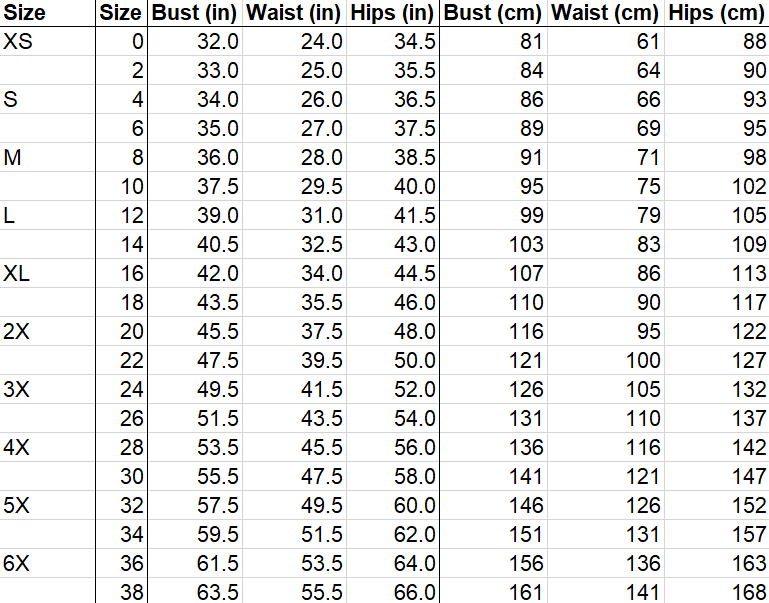The History of Sewing Part 1: Inventing the Sewing Needle (60,000 years ago - 22,000 years ago)
The sewing needle is said to have been invented sometime during the Upper Paleolithic time period, which began around 40,000 years ago. It’s widely disputed when the first needles were used, with claims that range from 30,000 years ago to 60,000 years ago. Regardless, there’s plenty of evidence to suggest that it was a long time ago, a little before agricultural practices were invented. To give you a better idea of the time period, this was around the time modern humans were moving into Eurasia, Neanderthals were going extinct, cave paintings were first created, and the practice of fishing was just starting.
Simple tools were beginning to be invented, one of which was the gouging chisel, called a burin, that was used to make and shape other tools out of bone, antler, and ivory. It was most likely used to create the first needles. Bone and antler were becoming more popular tool materials than wood and stone at this time because they’re more durable than wood and more flexible than stone. Early needles were found in Western Europe and Central Asia and had a split head that gripped the thread, unlike today where you feed the thread through the eye of the needle.

Tools started being made out of antler and bone.
(https://s3-eu-west-1.amazonaws.com/abbeyhorncouk/i/pzi/stag_antler_pieces_stb.jpg?_t=15128151258)
Obviously, we don’t have any first-hand accounts of what actually went on at the time, but it doesn’t take an anthropologist to infer that the invention of sewing needles was to allow people to sew together textiles, most likely to make clothing, tents, bags, and similar products. But a sewing needle isn’t the only thing needed to create these things. Besides textiles, thread or string is also needed.
Textile archaeologist Elizabeth Wayland Barber calls the time period around the invention of thread the “String Revolution.” String, or rope or twine, has always seemed like a pretty basic material to me, and it’s hard to imagine a world without it. But at one time, there was. And its creation led to a revolution in what human beings could do, and where they could live. For example, sewing together more pieces of fur would allow humans to move further north and live in colder climates. Later on, the invention of both string and needles would help humans living in cooler regions survive during the Ice Age. The entire Ice Age lasted for about 100,000 years, but the last major freeze was around 22,000 years ago, right around the time that people were starting to sew.

An example of an early needle.
(http://www.gutenberg.org/files/32677/32677-h/images/i015.png)

(http://www.blankstyle.com/blog/wp-content/uploads/2015/02/closeup_bone-needle.jpg)

Examples of early string and twine.
But needles weren’t only used to sew things together. Wild flax fibers left over from 34,000 year old thread or twine were found in the Republic of Georgia, a Western European country north of Turkey. Some of the fibers appear to have been dyed black, gray, pink, and turquoise. In addition, evidence has been found that textiles at the time were sewn and decorated for social display. Since fashion design is all about designing clothes to add aesthetic value, decorating clothes, bags, and whatever else was made from this thread could be considered the first foray into fashion design.
Make sure to check out Part 2 of 6!
Written by Miranda Marnik-Said
A list of the websites referenced will be posted at the end of Part 6.












































































































